Jun 03, 2025
Author:Lisa Martinez
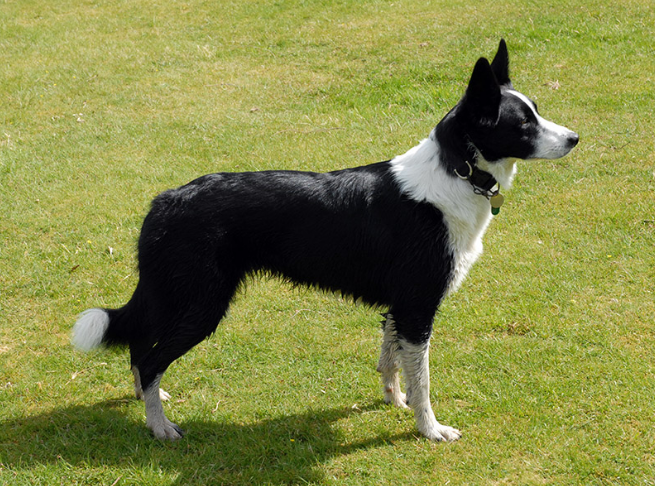
Most health problems in dogs begin long before you see clear symptoms. Extra fat builds silently, weakens joints, strains the heart, and reduces life span. Yet many caretakers still judge weight with the eye alone. The body condition score dog system gives you an objective yardstick. It shows how much fat your dog carries and signals when you must adjust food, exercise, or medical care. This guide explains the method in plain language and shows you how to use it every day.
Veterinarians use the body condition score, or BCS, to rate body fat on a simple scale. The tool works like a tape measure for fitness. On the common nine-point chart, “1” means dangerously thin, “5” means ideal, and “9” means severe obesity. When you hear the term body condition score dog in a clinic, it refers to this number. Vets assign it at every routine exam because the score predicts future disease risks and helps plan safe weight change goals.
Obesity in dogs contributes to arthritis, diabetes, heart disease, breathing trouble, and certain cancers. Research shows that dogs at a healthy weight live up to two years longer than overweight dogs of the same breed. A correct body condition score dog helps you spot slight weight gain before it turns into a full-blown problem. Early action costs little compared with treating chronic illness later.
Use gentle touch and sight together:
|
Score |
Description |
Health Note |
|
1 |
Ribs, spine, and hip bones stick out. No fat felt. |
High risk of organ failure and immune weakness. |
|
2 |
Very thin. Ribs easy to see. Waist extreme. |
Watch for nutrient deficits. |
|
3 |
Thin. Ribs visible. Minimal fat. |
Extra calories often needed. |
|
4 |
Under ideal. Ribs easy to feel, slight fat cover. |
Increase food slowly. |
|
5 (Ideal) |
Ribs easy to feel, not easy to see. Waist curving behind ribs. Tummy tucked up. |
Best health outlook. |
|
6 |
Slightly heavy. Ribs can still be felt but need firm pressure. |
Control treats and review activity. |
|
7 |
Heavy. Fat over ribs. Waist barely visible. |
Begin weight-loss plan. |
|
8 |
Obese. No waist. Abdomen hangs. |
Screen for joint pain, diabetes risk. |
|
9 |
Severely obese. Fat pads on neck, back, and tail base. |
Urgent medical help needed. |
Many clinics post wall charts that pair pictures with each score, but your hands tell the full story. Slide your palms across the rib cage. At an ideal body condition score dog, ribs feel like your knuckles under a thin glove—easy to count yet lightly cushioned.
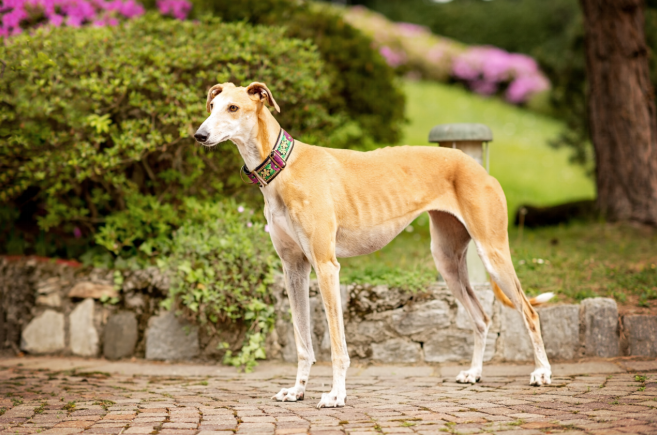
1. Stand above the dog. Look for a visible waist behind the rib cage.
2. View from the side. The abdomen should tuck up toward the groin.
3. Feel the ribs. Spread fingers and glide over the chest. You should feel ribs with light pressure.
4. Check the spine and hips. Feel along the back bone and hip bones. They should not poke out sharply, and they should not hide under deep fat pads.
5. Assign a number. Match what you see and feel to the nine-point chart.
Write the score in a notebook each month. These notes show trends you may miss with memory alone. If you share care duties, everyone can follow the same record.
Simple tools improve accuracy and make body checks less stressful:
● Walk harnesses such as easy walk harnesses keep pressure off the neck and help you feel shoulder bones during walks.
● Smart dog doors like smart dog doors track when your dog goes outside, giving clues about daily activity.
● Wireless dog fences such as wireless dog fences let you create safe play zones so your dog can burn calories freely.
● Automatic feeders like automatic feeders deliver precise meal sizes on schedule.
● Interactive toys such as interactive toys turn solo play into real exercise.
● Dog brush sets like dog brush review help you feel skin and fat layers during grooming.
These products do not replace the human hand, but they make weight control plans easier to follow.
Food choices and meal size drive most BCS changes. Follow these steps:
1. Calculate daily calories. Use vet-supplied charts based on weight and life stage.
2. Measure every portion. Use a kitchen scale or exact measuring cup.
3. Choose nutrient-dense, balanced diets. Cheap fillers can promote fat gain without meeting vitamin needs.
4. Limit treats to 10 percent of daily calories. Choose low-fat snacks such as carrot sticks.
5. Adjust calories by 10 percent at a time. Re-check the body condition score dog every two weeks and fine-tune.
If your dog begs or eats too fast, raised puzzle bowls slow intake. Sudden eating and vomiting may signal issues explored in why dogs eat fast and throw up.
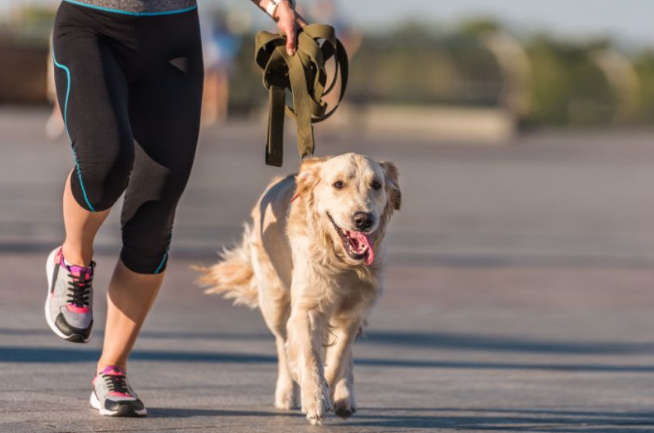
Aim for 30 minutes of brisk movement daily. The exact type depends on breed, age, and health:
● Running breeds like the German Hound need long jogs.
● Toy breeds such as the Affenpinscher breed stay fit with indoor fetch sessions.
● Herding dogs may enjoy agility courses or “jobs” similar to those in jobs for working dogs.
● Senior dogs benefit from slow walks and gentle swimming. Read how to care for a senior dog for detailed tips.
Track changes in stamina. If your dog tires quickly, lower intensity, and ask the vet to rule out hidden illness.
Review portion size first. Overfeeding tops the list of errors. Use slower feeders and cut extra snacks. The guide help your dog lose weight offers step-by-step advice.
Parasites, metabolic disease, or dental pain can cause wasting. Check for external parasites and learn how to remove ticks safely.
Obese dogs often develop moist folds that harbor yeast. Use the protocol in yeast infections to keep skin healthy while the dog slims down.
Dogs with high fat have lower water reserves. Watch dehydration signs during hot days or after workouts.
● Puppies need more calories per pound, yet fat puppies often become fat adults. Score them every two weeks.
● Seniors lose muscle faster. Aim to keep them at a score of 4-5 but add joint-support supplements.
● Pregnant dogs gain weight, but they should not exceed a score of 6. Your vet will track each body condition score dog stage to avoid birth complications.
Schedule twice-yearly wellness visits. Bring your score notes. The vet will confirm or adjust them, screen for underlying disease, and set safe weight goals. Many clinics run weight-loss programs that pair diet food with regular weigh-ins. They help you hold steady once you reach the ideal body condition score dog.
Monthly checks work for most dogs. If you start a diet or exercise change, repeat every two weeks.
A scale tells total weight, not fat versus muscle. Two dogs can weigh the same but have different scores. Use both tools.
Large breeds may sit closer to 4. Small breeds may sit at 5. The chart still applies; focus on ribs, waist, and tuck shape.
Use short sessions with treats. Brush one area per day. Soft brushes from the dog brush review can ease the process.
Check calorie count first. Slow feeders, frozen veggie snacks, and feeding puzzles curb hunger without extra calories. Automatic devices, like top smart pet feeders, space meals over the day.
Weight control shapes health, comfort, and life span. The body condition score dog scale turns guesswork into clear numbers. Feel ribs, check the waist, and watch the belly tuck. Record the score, adjust food, and move your dog every day. With steady habits and the right tools, you will keep your dog in the ideal range and enjoy more active years together.
Label:
Popular Post

What to Feed a Sick Dog With No Appetite? [2025 Guide]
May 16, 2023
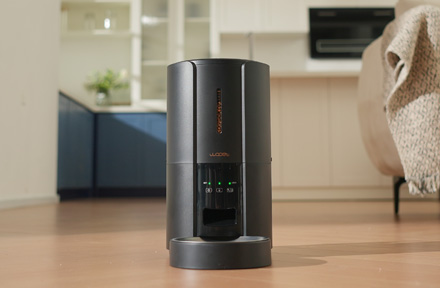
Troubleshooting Common Issues with Automatic Pet Feeders: Tips & Tricks for Pet Owners
Oct 26, 2023

Why Does My Cat Cough After Drinking Water? 8 Potential Reasons
Mar 13, 2023
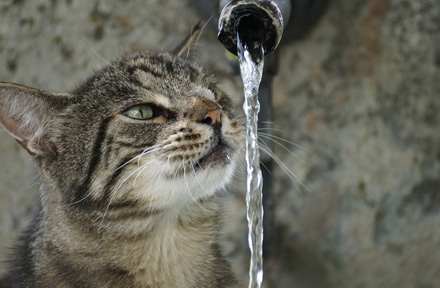
Why is My Cat Throwing up Water? Top 5 Causes Here
Feb 08, 2023

My Cat Only Eats A Little at A Time - What to Do?
Feb 27, 2023
$99.99
$129.99
Copyright © 2025 WOPET. All Rights Reserved.